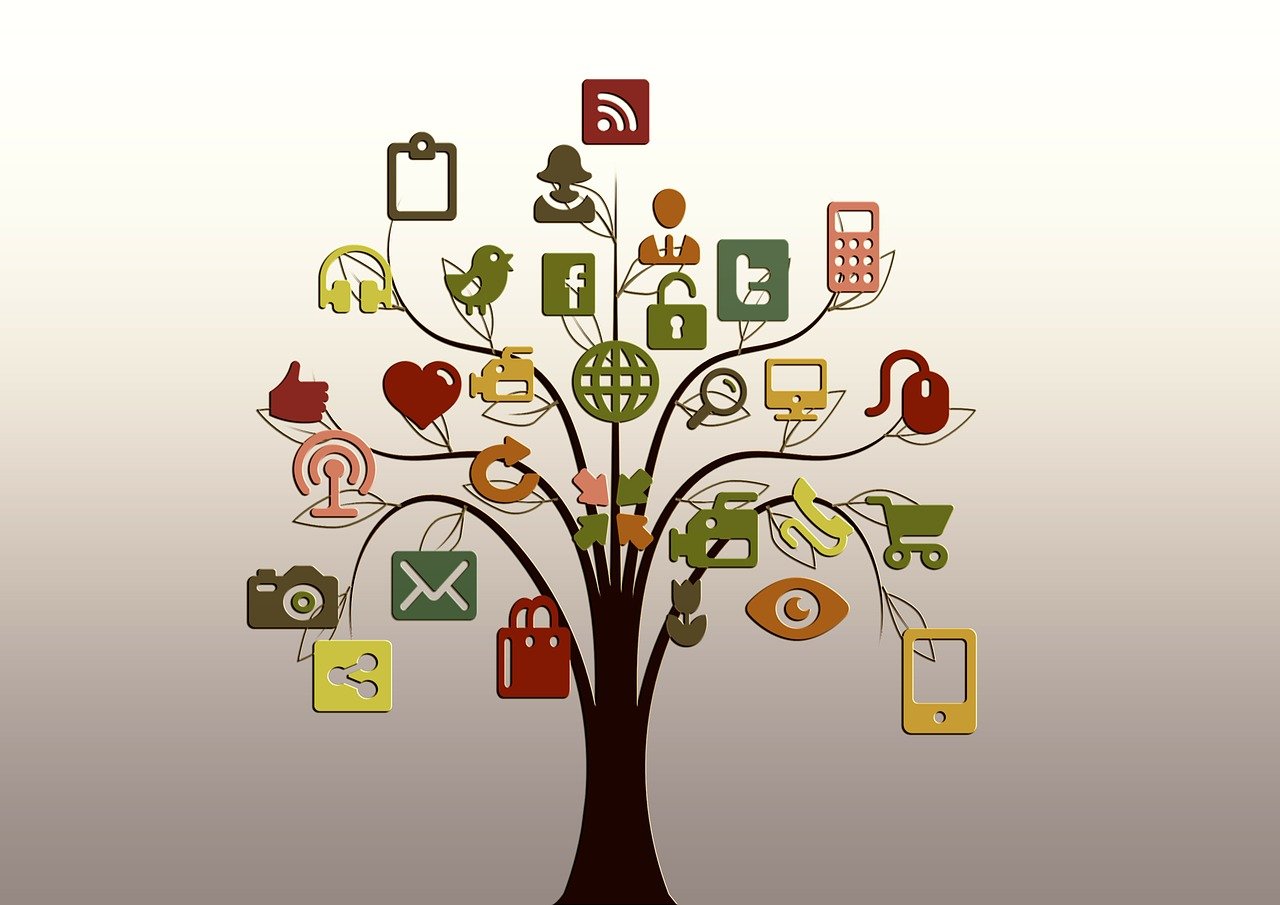Many people tend to jump on new trends and technologies fast, especially when they promise to save time, cut costs, or boost visibility. But too much dependence on those tools can come back to haunt you. Whether it’s self-checkout lines, social media bots, or licensed music platforms, these digital shortcuts can create long-term risks.
What starts as innovation often turns into tech dependency and when the tools shift, creators, brands, and even consumers can get caught in a bind. This is the danger of following tech trends blindly without thinking about the backlash, content ownership issues, or reputational damage.
Here are three clear examples of how overreliance on technology and digital shortcuts has caused harm.
Self-Checkout Lanes and the Disappearance of Grocery Baggers
Back in the ’90s through the mid-2000s, grocery stores started cutting baggers. A lot of that had to do with budgets. But it also had to do with the rise in self-service trends. Self-checkout lanes became the new normal by around 2005.
That shift didn’t just get rid of baggers, it cut cashier positions too. In 2025, we are seeing a strange loop. Some stores are adding baggers again. In other instances, cashiers are expected to bag and scan your groceries too.
This disruption initially started because of a belief in automation, which resulted in a case of automation backlash. What looked like a smart move in the short term created a worse customer experience and more pressure on fewer employees. This example highlights the risks of tech dependency when people are removed from the equation for the sake of short-term savings.
Buying Fake Followers Damages Your Brand
In 2010, some social media users started purchasing fake followers on Instagram, Twitter, and Facebook. Influencers and even well-known names like Michael Dell and Clay Aiken were caught inflating their numbers.
Why did they do it? Because endorsements and deals followed big follower counts. But once platforms like Instagram cracked down, people got exposed. Social Blade, which started in 2008 as a YouTube stats tracker, expanded to highlight fake engagement and bots across platforms.
With inflated numbers you are also able to get access to more followers because people tend to follow those who have larger following not to mention actual fans of your brand/content; so you now have a mixture of bots and people. Once your followers find out you faked it, your credibility is gone. You also might get shadow banned. Brands stop trusting you. What looked like growth was just a liability waiting to be exposed. These fake follower’s consequences are long-term, affecting brand trust and monetization opportunities. It’s another example of digital shortcuts and risks that are not worth it.
YouTube Music Licenses and Surprise Copyright Strikes
A lot of YouTubers paid for licensed music from services like Epidemic Sound or AudioMicro. The purpose of this music was to use in Youtube videos without worrying getting a copyright strike.
An issue arose when some of these companies shut down or lost their direct licensing deals with the artist. Suddenly, all those “safe” videos weren’t safe anymore. Users received strikes, channels were demonetized or deleted entirely due to YouTube copyright strikes.
It didn’t stop there, some artists who later signed record deals, labels filed retroactive claims. What was meant to be protection turned into a vulnerability which cost creators there content. The licensing system for content creators changed and they got left holding the bag. It’s a warning for anyone relying too heavily on third-party music platforms for content safety.
Don’t Get Comfortable
You can see a similar thing happening currently with AI. Some are using AI for everything like scheduling, writing emails, work tasks, even making decisions they used to handle themselves. People trust AI to summarize articles they have not read, brainstorm ideas they haven’t thought about, write responses to messages, even emotional ones. Just like previous instances of over-dependence on technology, it’s only a matter of time before we see the downsides, missed context, lost skills, and decisions made without fully understanding the stakes.
It’s easy to get used to tech doing heavy lifting. But AI overreliance, automated platforms, and licensing services can shift quickly, often without warning. Depending on them, too much is risky, especially when your work, content, or reputation is on the line.
The tools we rely on today might disappear or turn on us tomorrow. If you’re building something that matters, don’t give up control. Don’t assume what works now will keep working. Keep your eyes open, stay flexible, and make sure the trends you’re following aren’t leading you into a trap.
